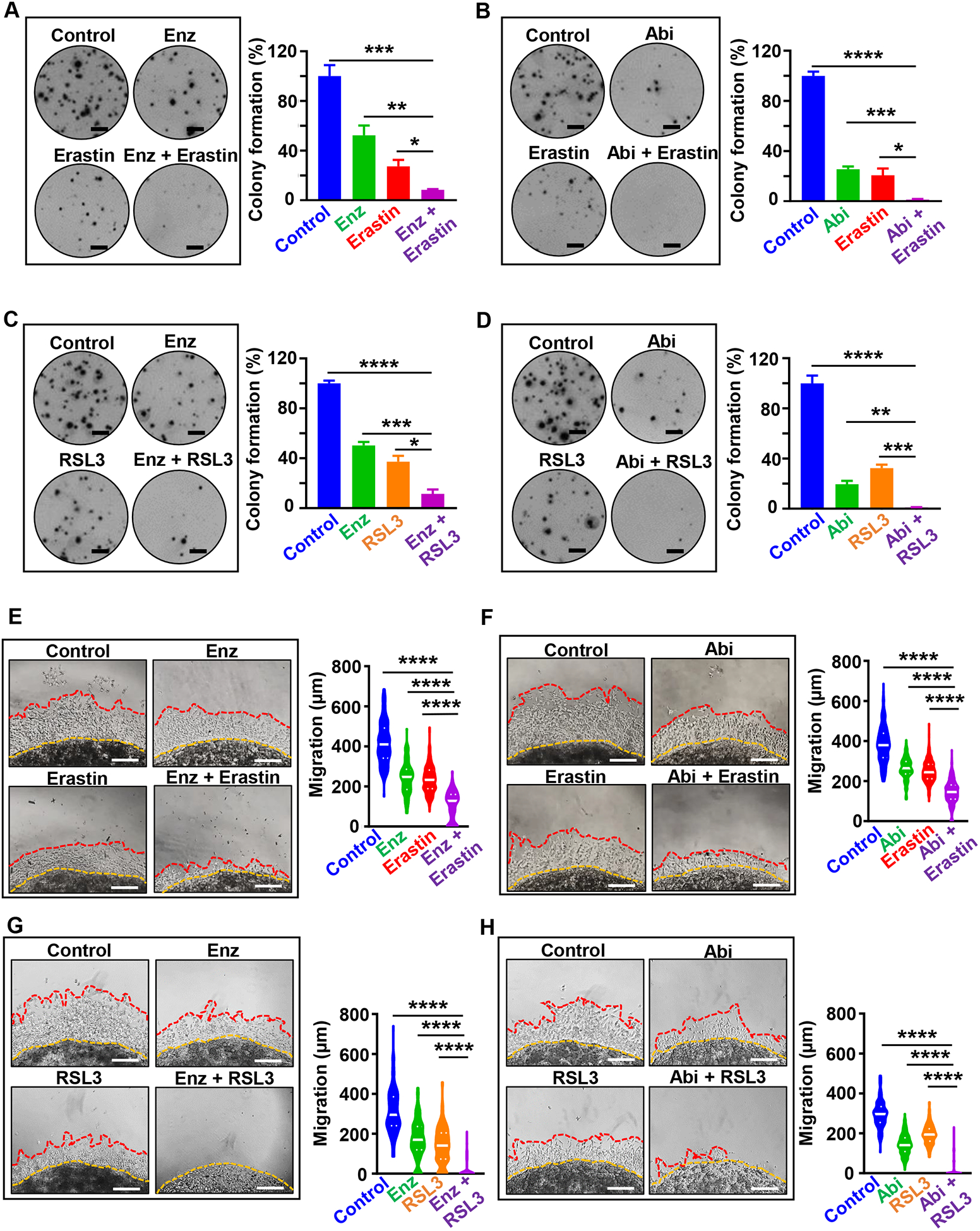Figure 5. Combination of erastin or RSL3 with second generation anti-androgens, enzalutamide and abiraterone, inhibits prostate cancer cell growth and invasion in vitro.

(A-D) Colony formation assay. (A, B) C4-2 cells were grown for nine days in presence of erastin (2 μM), enzalutamide (2 μM), abiraterone acetate (2 μM), erastin plus enzalutamide, and erastin plus abiraterone acetate. Media containing the compounds was exchanged every three days. Colonies were then fixed in methanol and stained with crystal violet. After washing and drying plates, plates were scanned on Celigo Imaging Cytometer (Nexcelom Bioscience) and the percentage of the well covered by colonies was quantified in ImageJ. (C, D) Colony formation assay for C4-2 cells upon treatment with RSL3 (50 nM), enzalutamide (2 μM), abiraterone acetate (2 μM), RSL3 plus enzalutamide, and RSL3 plus abiraterone acetate for nine days. Three independent experiments were performed with triplicate wells. Representative experiments and images are shown. Scale bars represent 4 mm. (E-H) 3D Matrigel drop invasion assay. (E, F) C4-2 cells were plated in matrigel drop invasion assay and treated with erastin (5 μM), enzalutamide (5 μM), abiraterone acetate (5 μM), erastin plus enzalutamide, and erastin plus abiraterone acetate (G, H) C4-2 prostate cancer cells were plated in matrigel drop invasion assay and treated with RSL3 (500 nM), enzalutamide (5 μM), abiraterone acetate (5 μM), RSL3 plus enzalutamide, and RSL3 plus abiraterone acetate. Media and treatment were exchanged every three days for six days. Radial migration distance (μm) was measured on Day 6. Experiments were performed in duplicate with triplicate wells. Statistical analysis was performed with Student’s t-test (* P< 0.05, **P<0.01, *** P < 0.001, **** P<0.0001, ns-no significance) and error bars represent mean ± SEM.
